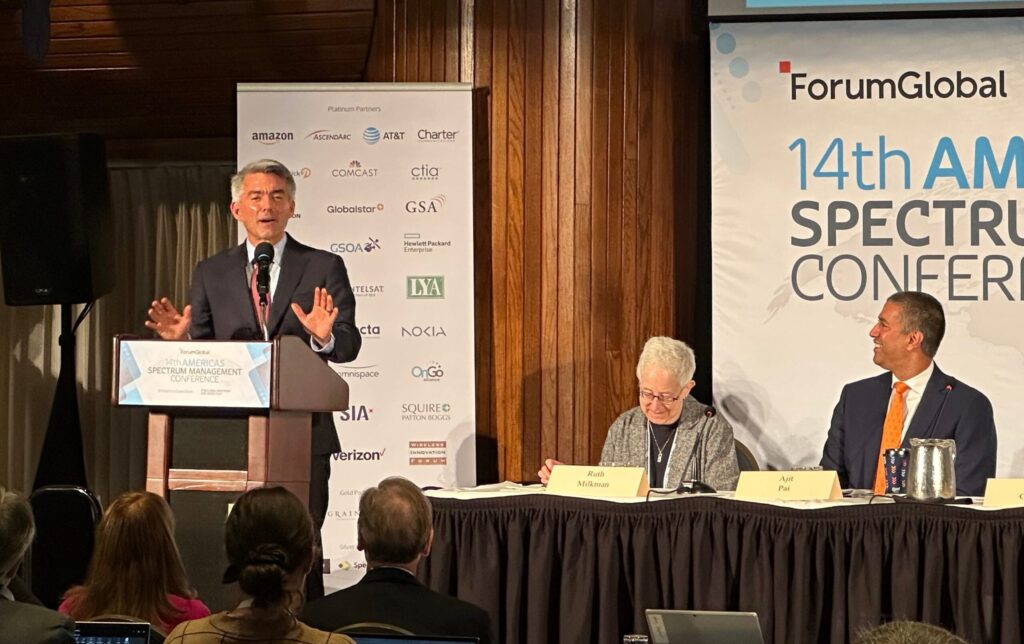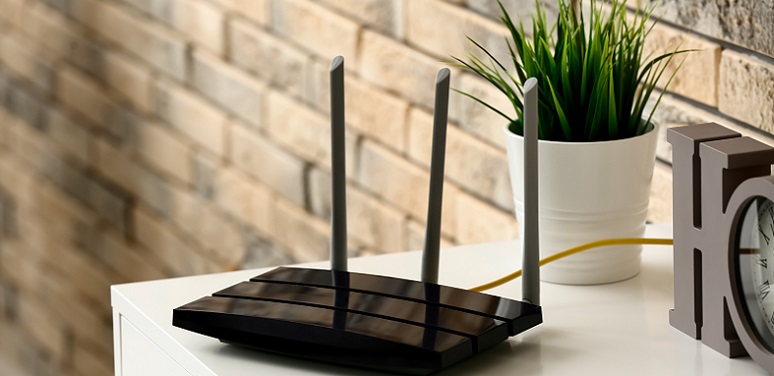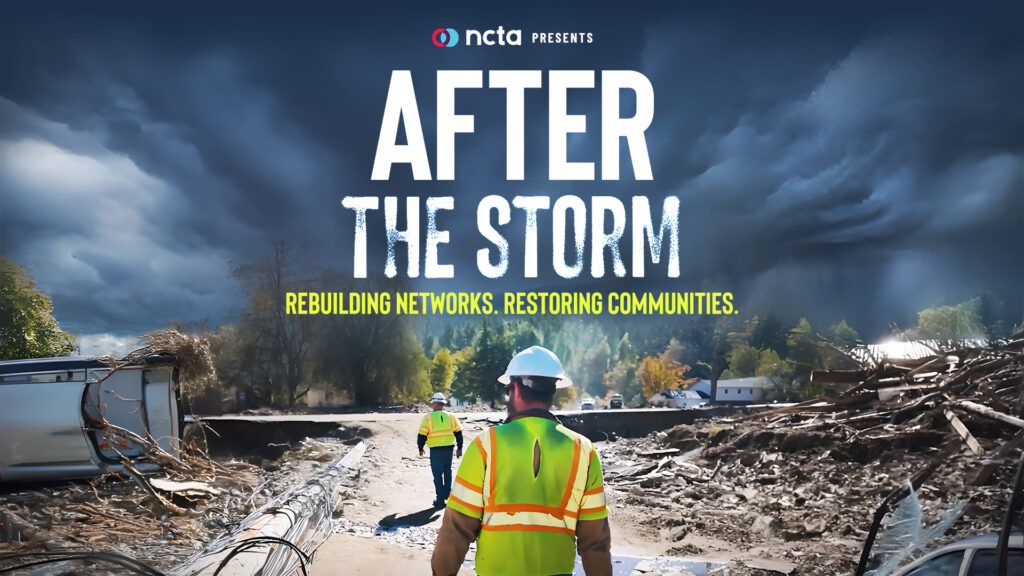Broadband networks have completely transformed life in almost every way possible over the past several decades. Advanced technologies like virtual reality, augmented reality, artificial intelligence, and holograms all rely on the robust broadband networks that internet service providers build and continue to upgrade as the 10G future looms near. In turn, ISPs rely on their partnerships with technology providers to continue to innovate and evolve their networks. Technetix, a global cable broadband technology provider and new member of NCTA, plays a large role in bringing networks up to speed and helping ISPs map out the future of internet connectivity. “The Technetix team has the ability to look into the future and foresee advanced technology to enable the 10G architecture,” said Sandy Howe, Technetix Executive Vice President and President, Americas, and newly appointed Associate Director on the NCTA Board of Directors.
NCTA caught up with Howe to find out more about Technetix, the ways in which digital consumption has changed, and how the cable industry is preparing for the 10G era.
Check out our Q&A below.

What role does Technetix play in the cable industry?
The company started out in the United Kingdom about 30 years ago with the desire to change the cable industry in Europe by offering advanced technology solutions. Today, we still have that commitment—to make our customers more competitive. We do this in two ways. First, we have the Telewire business which is our supplier distribution business. Second, we have advanced broadband technology. With the supply business, we supply every operator in North America, from the biggest to the smallest. We help them become more competitive by giving them the products they need in the quantity they need and on their timeframe. We also provide them with alternatives, such as managing their inventory levels.
Can you talk more about the broadband technology you provide?
We had our first North American win in Canada recently with our DBx platform of amplifiers and nodes, which we announced at the SCTE Cable-Tec Expo last month. We also have many trials going on right now in North America with that product. DBx allows you to easily put an amplifier in the network. Our CTO likes to call it a lego. You just plug it in and you add the modules you need as your network grows. The idea is to provide upgrades to the equipment in a simple scalable manner. Then as operators are looking at virtualizing the network and putting in remote devices deep into the field to get into the “1 GB Full Duplex and beyond” era, it can be as easy as “plug and play.”
You buy one box and you just plug in what you need when you need it. We offer other advanced broadband technology solutions. Many products are at full deployment with operators, others are at lab or field trials. Technetix is focused on making technology easier for the cable operators and giving them a competitive edge in their markets. We make the technology backwards compatible. We give operators a way to continue to leverage their investment in their HFC networks and easily move to higher speeds and capacity.
Can you explain the company’s unique relationship with cable operators?
We play a part in working closely with the operators as their hybrid fiber coax networks evolve to meet demand. We’ve seen the demand go up and down. Where we have really worked to position ourselves and partner with the operators is to provide innovative solutions that allow them to stay competitive by simply migrating their current networks through making small changes versus large changes. That’s the beautiful thing about the HFC network, that it can grow as demands and customers grow. We are going to see a change in network capacity with the coming of 5G and more competition. But our HFC networks can easily be expanded either through DOCSIS 4.0 using FULL DUPLEX DOCSIS or Expanded Spectrum DOCSIS to get us to 10G connectivity. HFC will grow with us as we need to grow to react to the competition with affordable options.
Why is 10G connectivity important for our future, and how will Technetix support this initiative?
The cable industry first launched this high-speed broadband data service, changing the way we connected to the Internet. Because of the HFC capacity, the speed far surpasses the competition today and the infrastructure is in place to take us into the 10G future and beyond. HFC allows us to do so much on the network and continue to expand services to consumers. We are now streaming all this video that we never would have thought possible if it wasn’t for broadband. As cable changed these capabilities, the appetite for consumption has grown, and the uses for that broadband network are continuing to evolve. Whereas currently it’s all been about downloading, I believe in the future we’ll see more from uploading, as more 4K and even 8K cameras are deployed. And so many people have all these IoT devices in their homes, and those IoT devices all consume data.
To top it off, the advances on the network speeds to 10G are allowing for innovation like driverless cars and smart cities. If it wasn’t for the powerful 2-way connectivity, the speed and processing capability that the cable network brings, we would never have even dreamed of these ideas. As the network speeds grow, it continually creates new business opportunities. It is our job is to enable this further, help operators stay competitive and grow the network as demand requires. At Technetix, again—it all goes back to the HFC network and how we are listening and innovating with the cable operators to build on the HFC technology as demands change.








